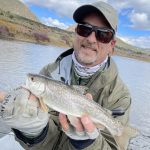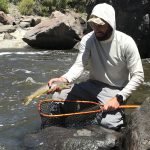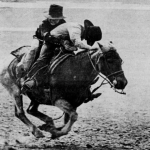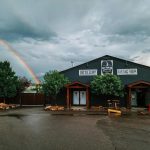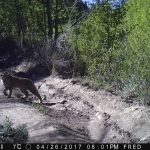Salomone: Reasons for big nymphs.
Increased river flow on the Colorado means successful anglers are those who tempt trout with large flies
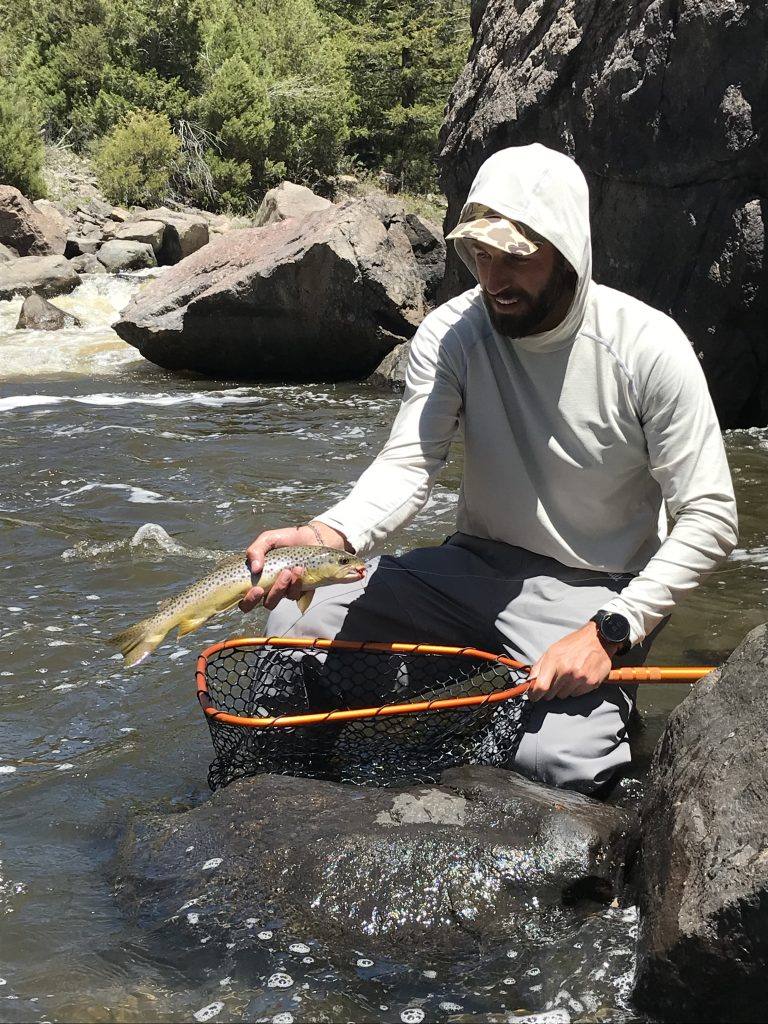
Michael Salomone/Courtesy photo
Spring keeps the weatherman busy. Anything and everything can appear in the forecast. But anglers looking ahead can see past the weather as they anticipate the big event soon to come. A stonefly migration has already stacked the nymphing game in favor of the angler on the Colorado River. Salmonflies — with storied hatches, phenomenal size and mythical status — are the largest insects fly fishers embrace. Given the current Colorado River conditions, and what will only increase in volume for the near future, fly anglers need to go big with their nymph selection.
Salmonflies are the primary reason to fish with bigger bugs. The main event is on the horizon. The salmonfly emergence reigns as one of the most iconic hatches fly anglers regularly dream about. These bugs live in historic waters like the Yellowstone, Madison and Gunnison rivers. Merely fishing one of these famous rivers during the salmonfly hatch is an unforgettable event.
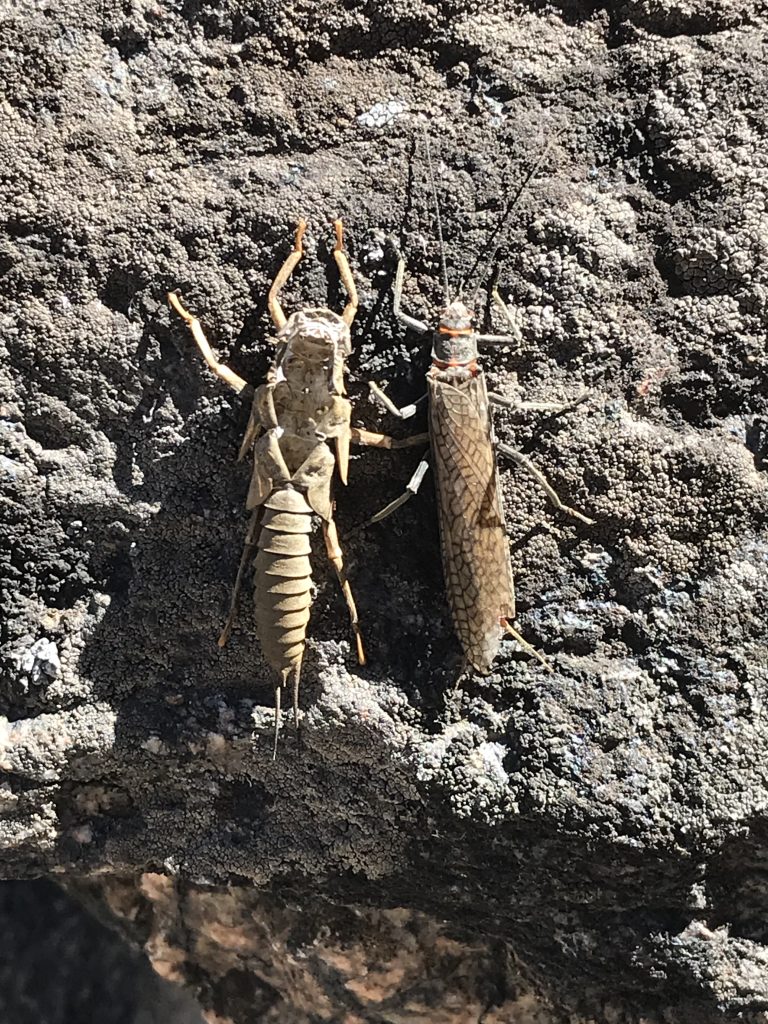
The insects exist in other riversheds as well. Lesser known pockets flourish in places like the upper Colorado River. Anywhere from Pumphouse to Dotsero is good water to be nymphing with stonefly nymphs right now — and anytime really. The nymphs take up to three years to develop, so their presence is a constant in the Colorado River. What makes them more prevalent now is their preparation for the emergence, which usually occurs around June 1.
The nymphs are here right now. They’ve been here for years, feeding, growing and gaining the strength to emerge. The insects need strength to transition into adults on riverside rocks, logs or vegetation. And the mating process takes energy, too.
The bugs have migrated to the shoulders of the river and gather in great hoards under rocks near shore. Numbers reach inconceivable proportions. Inevitably, some nymphs get knocked loose in the tumultuous currents. The nymphs roll, curl and settle to the bottom where hungry giants gorge. The nymphs lack locomotion, which makes them easy to capture. The bugs gather attention as they tumble downstream.

Support Local Journalism
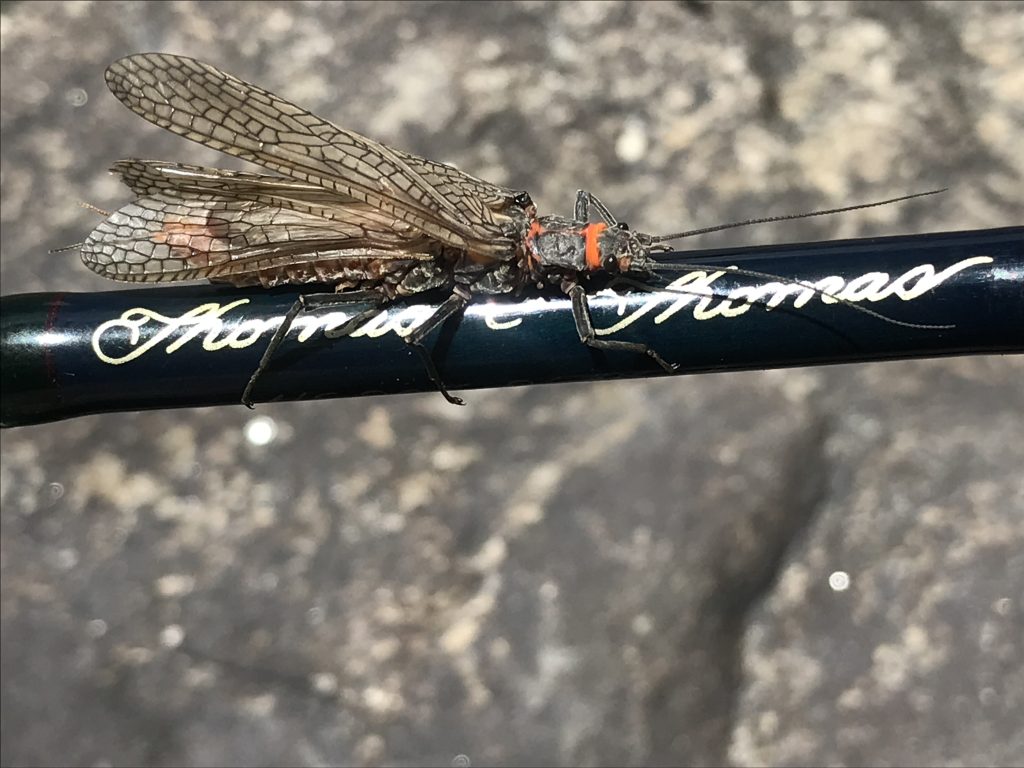
Nymph fishing for large trout is as good as it gets right now. Anglers should target the edges of the river, where incredible numbers of nymphs create a smorgasbord for trout. Below heavy riffles or any structure creating a forceful current present areas deserving a fly angler’s attention, too. Float fishing is a fantastic approach to miles of water and helps anglers target the edges of the river as they drift downstream with the current. Wading anglers should focus on pinch points in the river where current is strongest. Below broad riffles where nymphs are dislodged creates a sluice box scenario where nymphs settle to the river bottom like gold nuggets.
Trout develop a distended appearance when feeding on the big nymphs — like my dad after a hard fought session at an all-you-can-eat seafood buffet. The insects represent too much protein to pass up. I’ve caught gorging brown trout with bugs protruding from their gullet and the fish still eat.
The adult stage is short lived, lasting a few weeks at most, but makes for the best dry fly opportunity to catch a true giant on the Colorado River. Leading up to the hatch is some of the best nymph fishing fly fishers can experience.
It isn’t just the salmonfly nymphs that gather attention either. Golden stoneflies emerge in the same conditions and are large nymphs, but they’re not as big a salmonflies. Caddis and Blue Wing Olives are two other insects that are present during the salmonfly emergence. But a trout will pass up a minuscule caddis nymph in favor of a big mac salmonfly nymph every time.
Flies to tempt trout need to be large right now. Heavy currents, dirty water and massive numbers lean the favor toward the angler. Popular patterns to exploit this opportunity would be nymphs like Pat’s Rubber Legs in black, brown or mottled tan. Kaufmann’s stonefly nymph in black or yellow will deliver the desired results. The Bitch Creek nymph is designed for right now and only comes in one color.
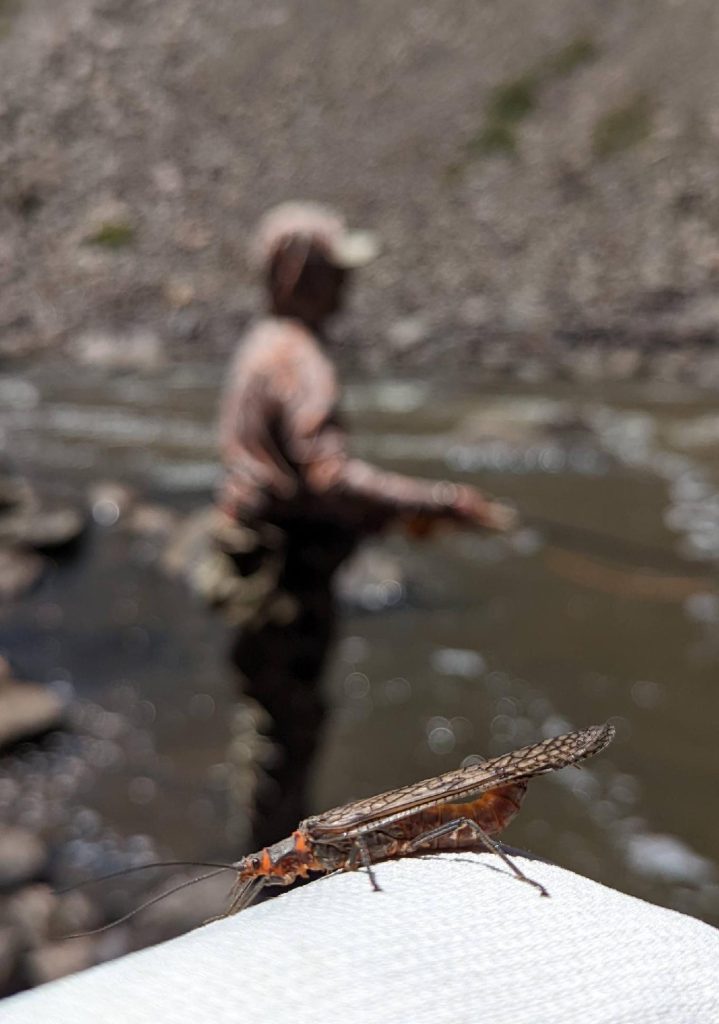
The water is rising in the Colorado River. With the increased river flow, fly fishers need to dredge their nymphs down deep and give fish a big bite to ensure success. Go big with your nymphs on the Colorado River right now. Contact Vail Valley Anglers to book a guided trip. You will be glad you did.
